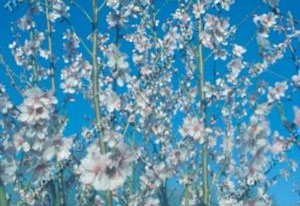
Almond – Ingrid
This is the most reliable cropper of the selected varieties, with reasonable leaf curl resistance (in most areas) and good fruit quality. Plant in a sheltered position.
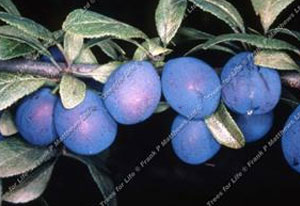
Damson – Farleigh
Very small with a blue-black bloom. Good quality. Known to be very hardy and most likely to crop regularly in northern districts. (Farleigh, Kent 1820)
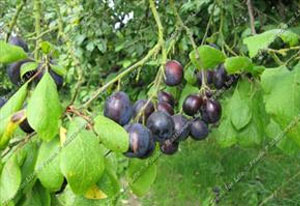
Damson – Merryweather
An unusually large plum sized damson both for dessert and culinary use. Reliable heavy crops. Self fertile. (Nottingham 1907)
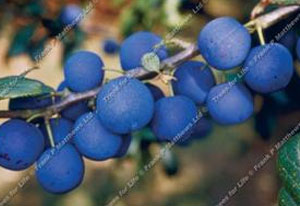
Damson – Shropshire Prune
The ‘Greengage of Damson’. Native of the West Midlands. Small hedgerow damson – very reliable with intense flavour. Similar to the ‘Westmorland’ damson. (Shropshire 17th Century)

Damson – Sweet Prune
The Classic German ‘Hauszwetsche’ sweet prune for traditional plum cake and fresh eating. Size between Shropshire Prune and Merryweather
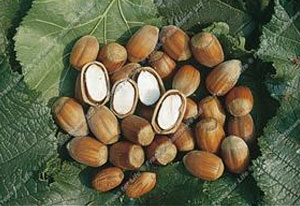
Filbert – Cosford (12l)
Slightly larger than the Cobnut with a long husk (full beard). Good pollinator for other varieties. Pollinated by Gunslebert Hazel.
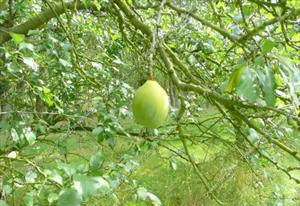
Gage – Coes Golden Drop
Green Gage x Dame Aubert. Large, yellow gage, ovalshaped with a long neck. Good quality for fresh eating or preserving. It is supposed to be stored in good condition for many months by hanging in a dry place or wrapping … Read More
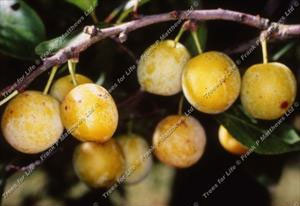
Mirabelle – de Nancy
Yellow-orange with green tinges and red spots. Very small, roundish-ovate, freestone. Partially self fertile. Resistant to frost. Eat fresh from the tree or use for bottling and preserves. (France 16th Century)
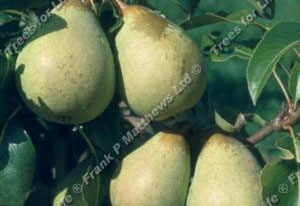
Pear – Beth
Beurré Superfin x Williams’ Bon Chrétien. An excellent garden variety. Pale green, turning to pale yellow with smooth skin. Small, sweet, juicy flesh. Good cropper. (Kent 1938)
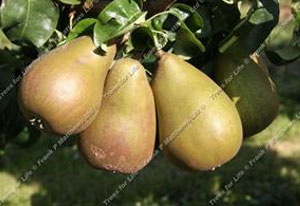
Pear – Beurre Hardy
Medium-large, light green almost covered with bronze russet. Rough skin. Tender and juicy with rose water flavour. Good cropper. Vigorous tree and good for poor soils. (France 1820)
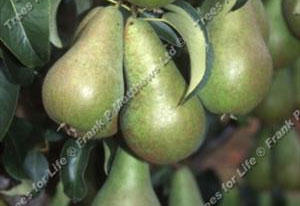
Pear – Concorde ®
Conference x Doyenné du Comice. Medium to large fruit. Pale green turning yellow, some with large patches of gold or brown russet. Pale yellow flesh is sweet and juicy with a pleasant mild flavour. Very heavy cropping and compact grower. Recognised as one of … Read More
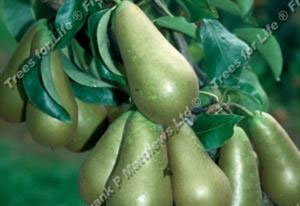
Pear – Conference
One of the most reliable varieties with good self fertility. Medium size yellowish-green with brown russet over areas of the fruit, occasionally pink flushed on chalk soil. Sweet and juicy. Good cropper. (Herts. 19th Century)

